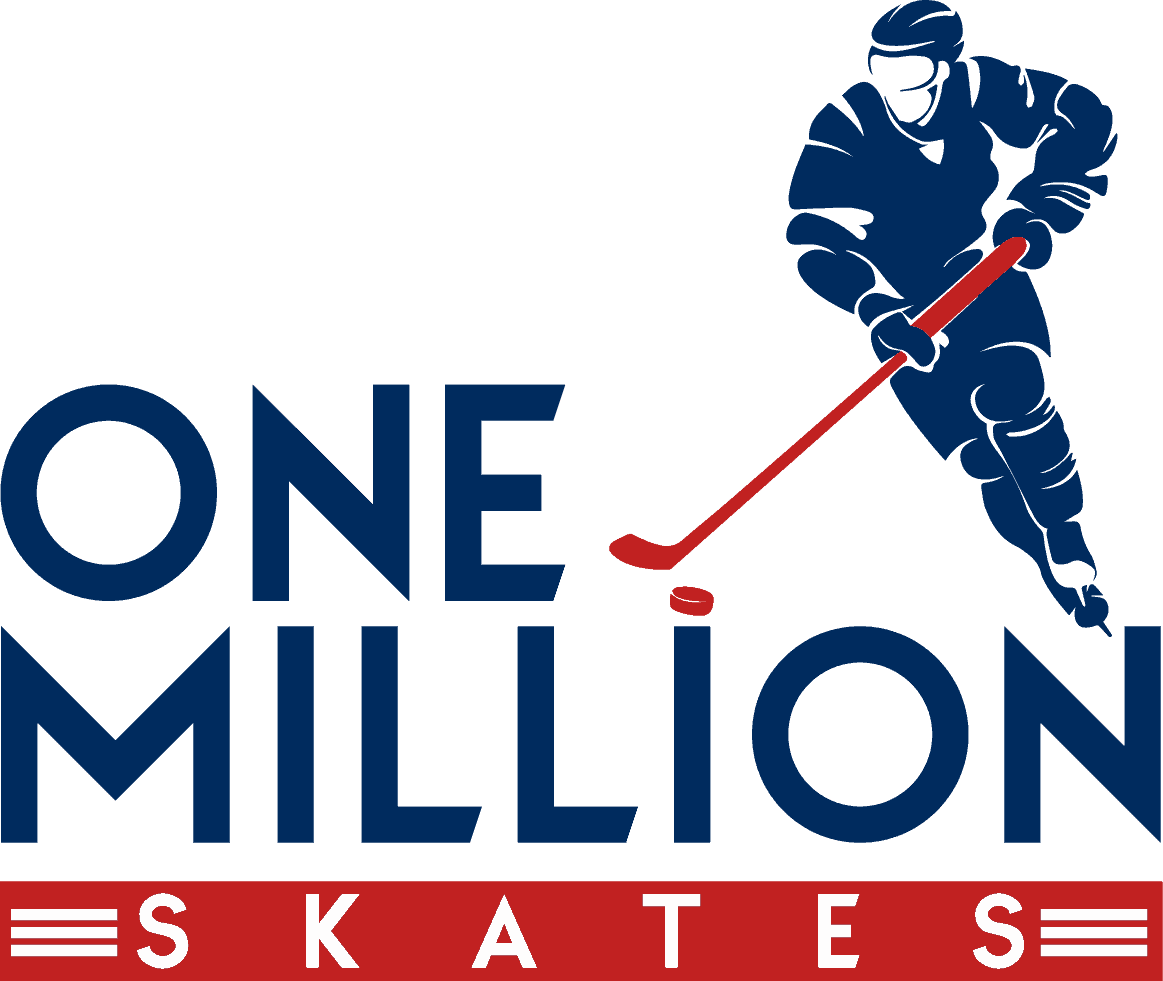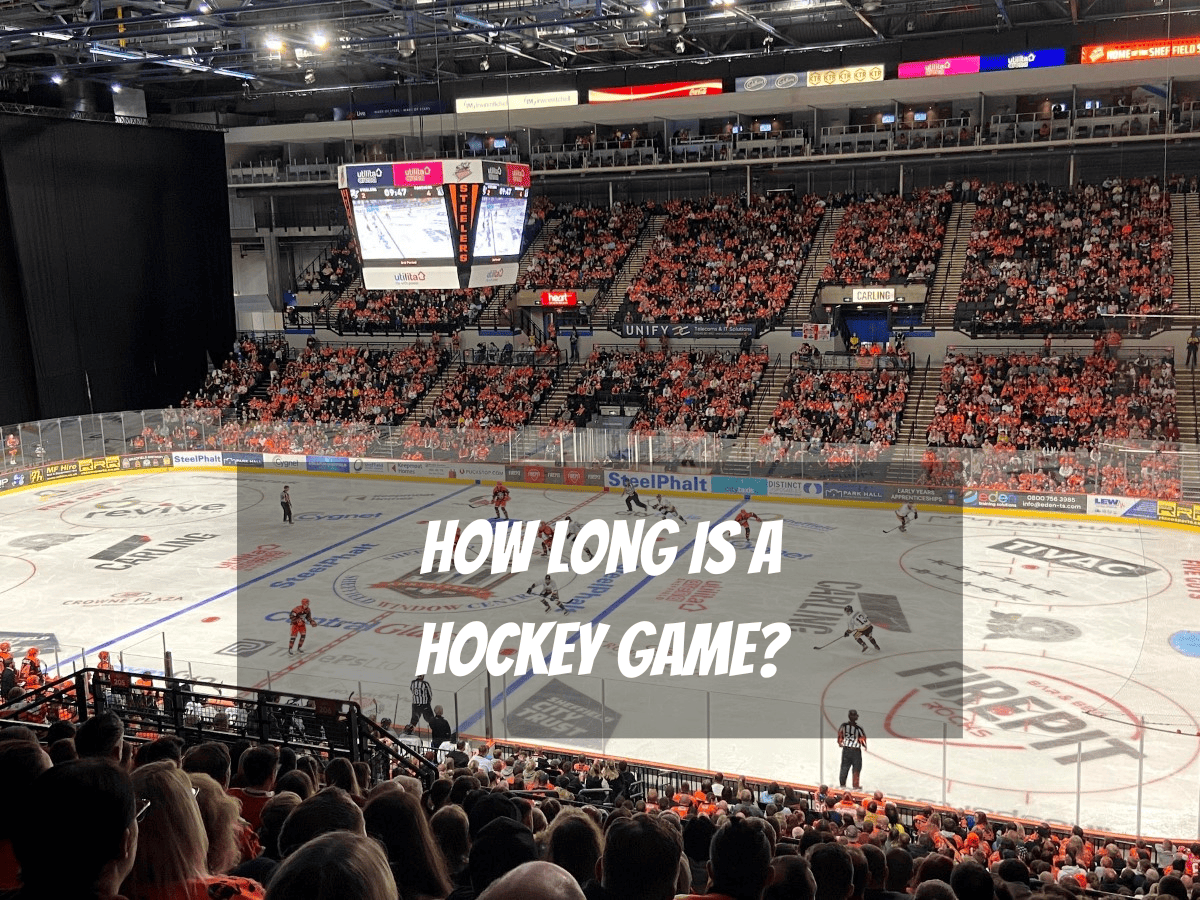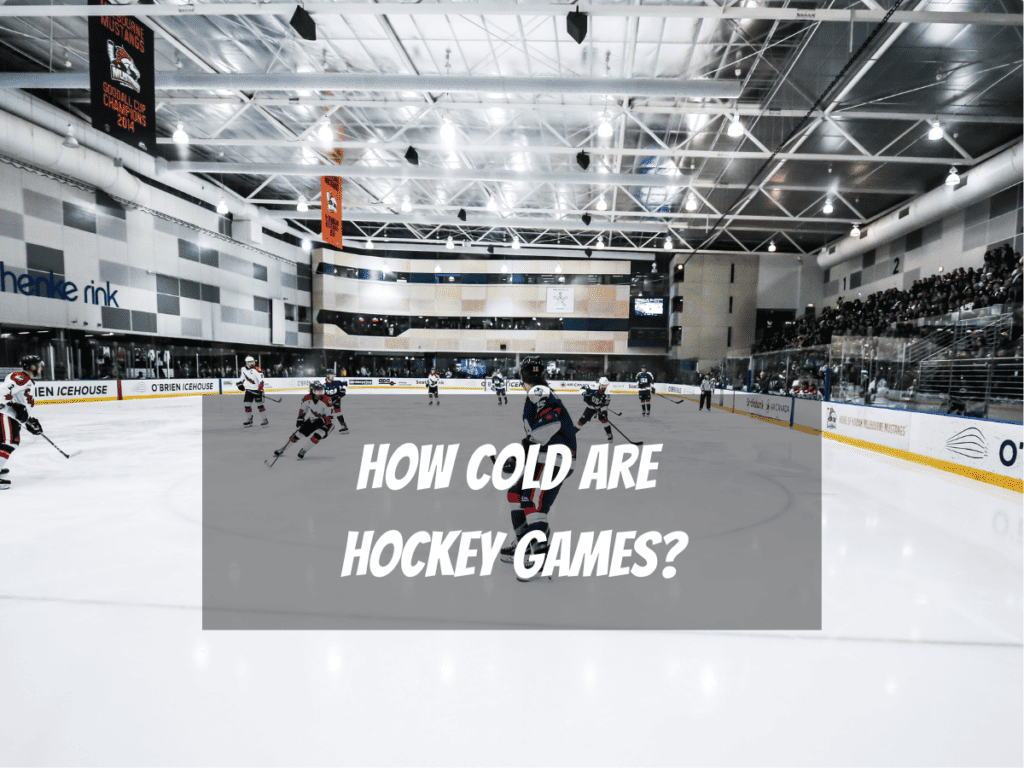Welcome to the world of hockey, a sport that thrills with its fast-paced action and strategic gameplay.
One question that often arises among newcomers and even seasoned fans is, "How long is a hockey game?" This seemingly simple question has a more complex answer than you might expect.
In this article, we will delve into the intricacies of a hockey game's duration, breaking down the factors that contribute to the total time spent on the ice.
Understanding The Basics: The Structure of A Hockey Game
At its core, a hockey game is structured around three 20-minute periods, totalling 60 minutes of playtime. This is the standard for the National Hockey League (NHL), the premier professional hockey league in North America.
However, this 60-minute playtime is just the tip of the iceberg. The actual duration of a hockey game extends beyond these 60 minutes due to various factors, which we will explore in the next section.
Beyond The 60 Minutes: Why Does A Hockey Game Last Longer?
So, if a hockey game consists of three 20-minute periods, why does it often last so much longer than 60 minutes? The answer lies in the following elements that contribute to the overall duration of the game.
Intermissions
Firstly, there are intermissions. These are breaks that occur between the periods and typically last between 15 and 18 minutes. Intermissions serve several purposes. They provide the players with much-needed rest, given the physically demanding nature of the sport.
They also allow the ice crew time to clean up any debris and resurface the ice, ensuring optimal playing conditions. Additionally, intermissions offer opportunities for commercial breaks, which are crucial for generating revenue for the teams and the league.
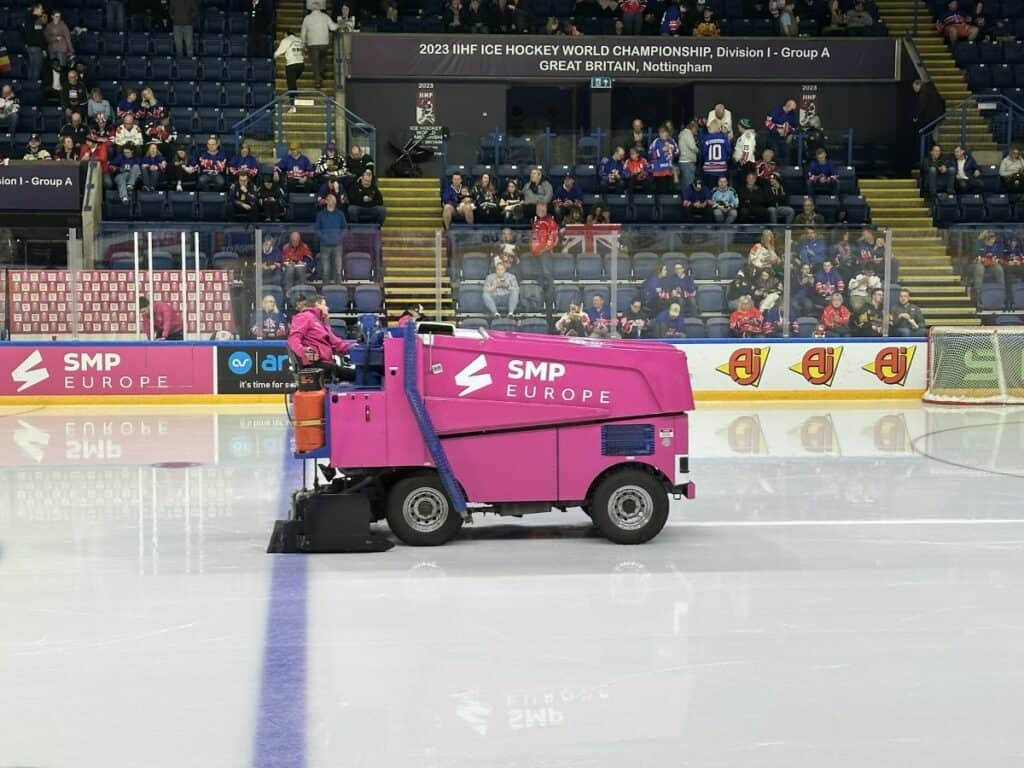
Stoppages In-Play
Another factor in answering the question "How long is a hockey game?" is the stoppages in play. These are pauses in the game due to events such as penalties, goals, injuries, fights, and timeouts. While these stoppages might seem brief, they can accumulate over the course of a game, significantly extending its duration.
Overtime and Shootouts
In the event of a tie at the end of regulation time, the game often proceeds to overtime. This is an additional (often) 5-minute period where the teams play with fewer players on the ice.
If the game remains tied after overtime, it may go to a second period of overtime or to a shootout. During a shootout, players take turns attempting to score on the opposing goalie.
Commercial Time Outs
Lastly, commercial timeouts also contribute to the length of a hockey game. These are ad breaks that occur during the game, typically lasting between 45 and 120 seconds.
The Exception To The Rule: Overtime And Playoff Games
In the world of hockey, the end of regulation time doesn't always mean the end of the game. When the score is tied at the end of the third period, the game often moves into overtime.
This is a 5-minute period where each team plays with 4 skaters instead of 5, and there is no intermission. If neither team scores during this period, and the game is still tied, it goes to a shootout.
In a shootout, each team gets a set number of shots on goal. The team with the most goals after these shots wins the game. The player taking the shot starts in the neutral zone and has to skate in on the goalie before taking the shot.
If the score is still tied after each team has had all shots, it goes to a sudden-death shootout where each team takes alternate shots until one team scores.
However, the rules often change when it comes to playoff games. For example, an overtime period in a playoff game is often 20 minutes instead of 5 minutes. There may also be an unlimited number of overtime periods that can be played. The game only ends when one team scores a goal.
Another exception is that the intermission period during the Stanley Cup is twenty minutes instead of eighteen. When you factor in that commercial breaks tend to be longer during the postseason than during the regular season, the time it takes to complete a playoff hockey game can increase significantly.
Are You Looking To Unleash Your Inner Hockey Player?
You may be a seasoned player moving to the next level, a novice, or a fan trying to understand the game.
Do you want to know how to tape a hockey stick. Are you confused by the icing rule? Or maybe you just want to know the size of a hockey puck?
We have the answers to these and many more questions.
A Look At The Record: The Longest NHL Game Ever
The record for the longest NHL hockey game ever played is held by a game in 1936 between the Detroit Red Wings and Montreal Maroons. It lasted for 176 minutes and 30 seconds of game time, almost 3 times the gameplay of the average hockey game.
But, because there were so many stoppages in play, it actually lasted over six hours, and despite beginning at 8:30 pm, it didn’t finish until 2:25 in the morning. This game is a testament to the endurance and determination of hockey players and a reminder that when it comes to professional hockey games, the game isn't over until it's over.
Comparing Leagues: How Long Is A Hockey Game In Other Leagues?
The answer to the question of how long is a hockey game can vary considerably from league to league.
While the National Hockey League (NHL) is the most recognized hockey league globally, it's not the only one. Hockey is played in various leagues worldwide, each with its unique set of rules and game durations.
Let's take a look at some of these leagues and how long their games typically last.
The American Hockey League (AHL), East Coast Hockey League (ECHL), Kontinental Hockey League (KHL), Western Hockey League (WHL), and Ontario Hockey League (OHL) all follow a similar game length and structure to the NHL.
They each have 60 minutes of regulation play, divided into three 20-minute periods. However, the length of intermissions, the occurrence of shootouts, and other factors can vary, affecting the total duration of a game.
For instance, minor league hockey games, and recreational games, usually take less than 2.5 hours to complete. Intermissions may be shorter, and the absence of TV audiences speeds up the game's conclusion.
The KHL, Russia's top professional hockey league, also follows the 60-minute regulation play rule. However, specifics about intermissions and overtime rules may differ, potentially influencing the game's total duration.
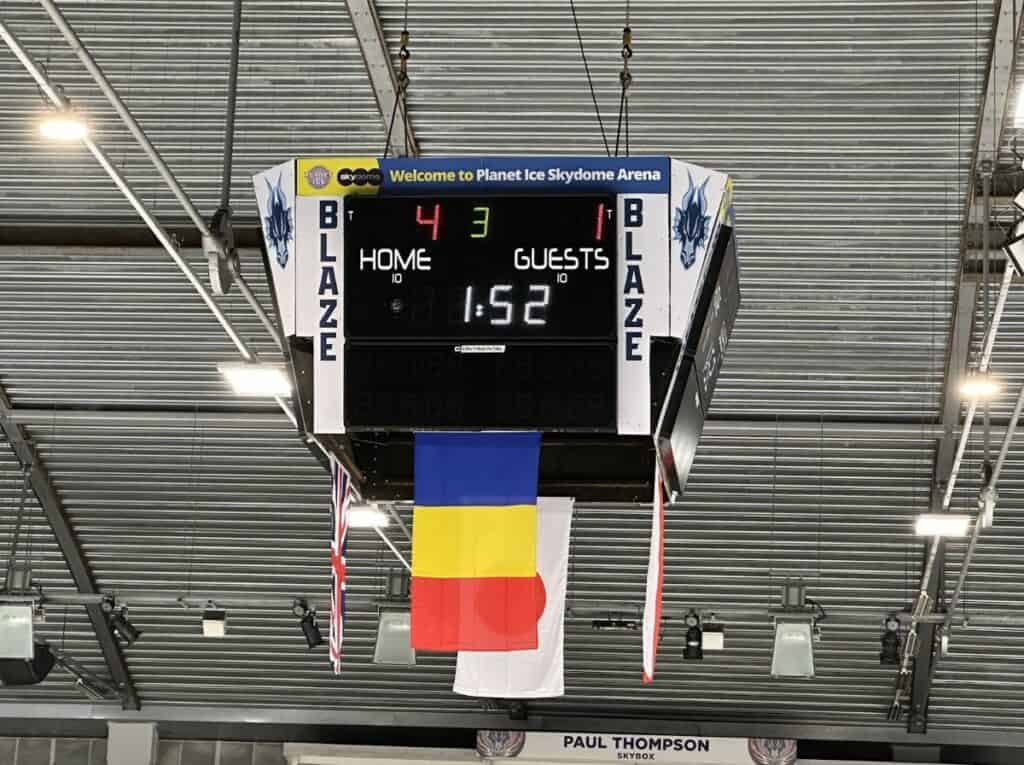
The College Scene: Duration Of College Hockey Games
College ice hockey games, such as those in the National Collegiate Athletic Association (NCAA), also consist of 60 minutes of regulation play.
However, these games usually take between two hours and fifteen minutes and two and a half hours to complete. The shorter duration compared to NHL games is primarily due to the absence of TV commercials.
In the NCAA, if the score is tied at the end of regulation time, a 5-minute overtime period is played. Unlike the NHL, if no one scores during this time, college hockey games can end in a tie.
In conclusion, while the structure of an ice hockey game remains relatively consistent across different professional leagues, the total duration can vary. Factors such as intermissions, overtime rules, and the presence of commercial breaks can all influence how long a hockey game lasts in different leagues and levels of play.
Conclusion: The Average Length Of A Hockey Game
In conclusion, while an ice hockey game is based on 60 minutes of playtime, various factors extend its duration to an average of around 2.5 hours.
Understanding these factors helps answer the question, "How long is a hockey game?" and provides a deeper appreciation of the game's structure and flow.
Factors Influencing "How Long Is A Hockey Game?"
This diagram illustrates how the various elements contribute to the total duration of a hockey game. Each factor, from playtime to commercial breaks, plays a part in extending the game beyond the initial 60 minutes.
